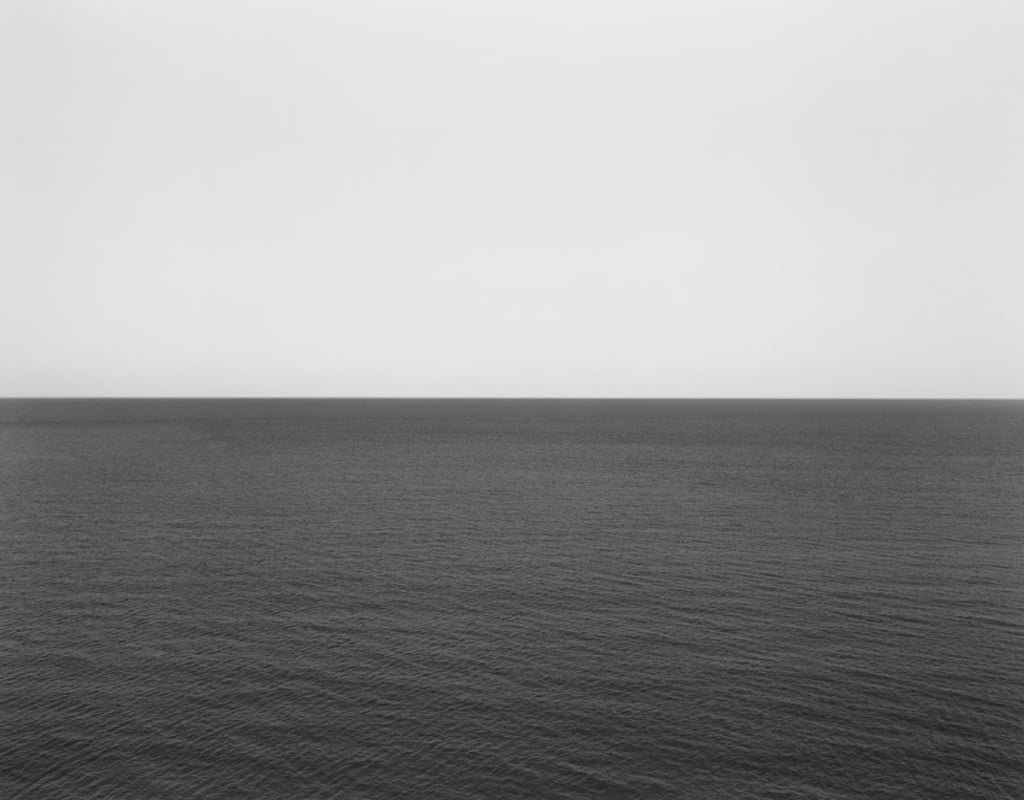The ‘Zen spirit’ of Japanese photographer Hiroshi Sugimoto’s monumental Seascapes series
- How the founder of Hong Kong architecture and interior design firm Sim-Plex Design Studio found solace in Sugimoto’s moving, monochrome portraits of the oceans

Among the best-known works of photographer and architect Hiroshi Sugimoto, Seascapes, begun in 1980, is a series of contemplative black-and-white images of the sea, identically sized and formatted. They are taken in various locations around the world using a large-format camera with exposures that can last hours.
Patrick Lam Kwai-pui, founder and creative director of Hong Kong architecture and interior design firm Sim-Plex Design Studio, explains how it changed his life.

I studied for a bachelor’s and a master’s of architecture degrees at Chinese University and worked for many years as an architect. I knew that design was my passion when I was at school, but the routine, rational design education and working life slowed down my mind and [made me lose] inspiration, so I decided to return to school and study for a master of fine arts at CUHK.
The mindset and education in fine arts is totally different to that of architecture. I had a hard time during the learning procedure because of its emotional, mindful and sometimes irrational creative process. I felt pressure from professors and even classmates, who mostly came from the field of fine arts. The pressure of studying, combined with the uncertainty of my path in architecture, took me to the brink of collapse.

Then, when I was doing research for my MFA graduation project, I came across the work of Sugimoto and was deeply inspired, especially by Seascapes. I hadn’t even heard of him before that. When I discovered the work I looked at a single piece for more than an hour. I was touched by it. The magic of it is that a magnificent, timeless sea is captured in a small picture frame within a moment. To me, the fossilisation of time in Seascapes and the stillness evoke a feeling of timelessness.
